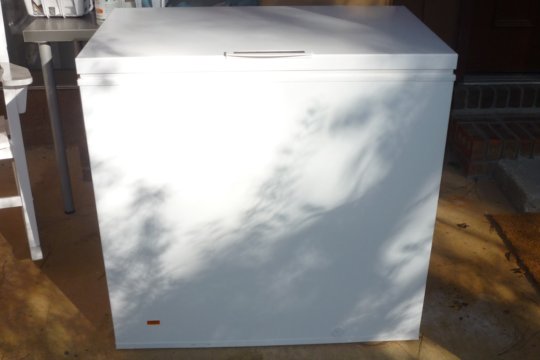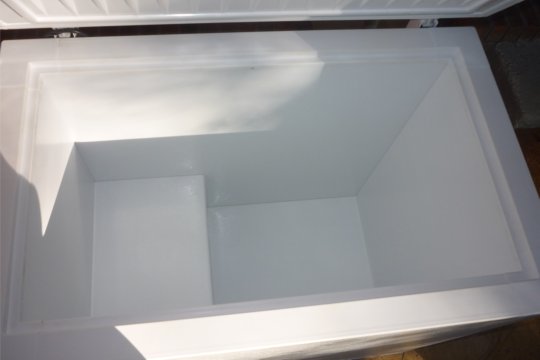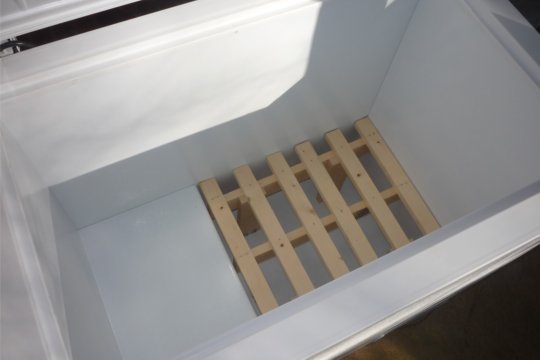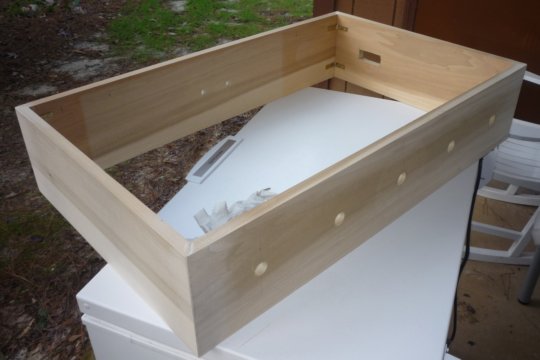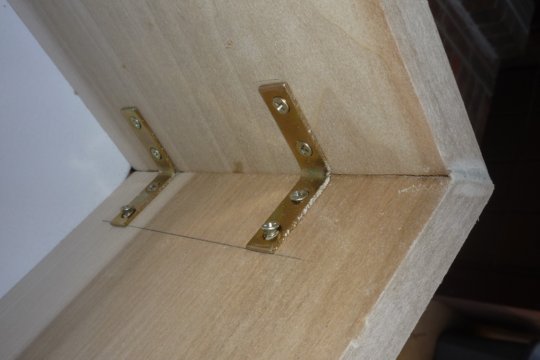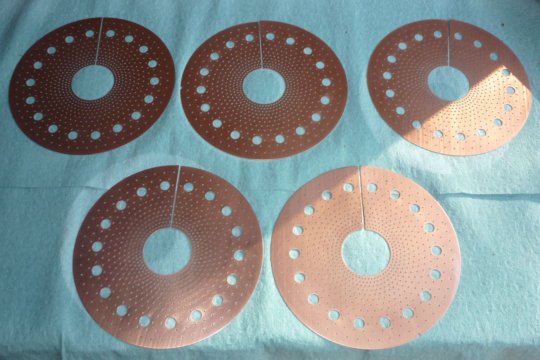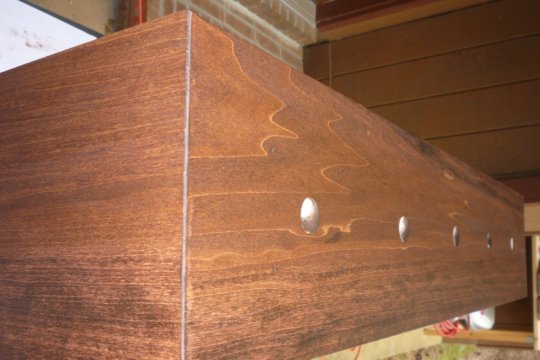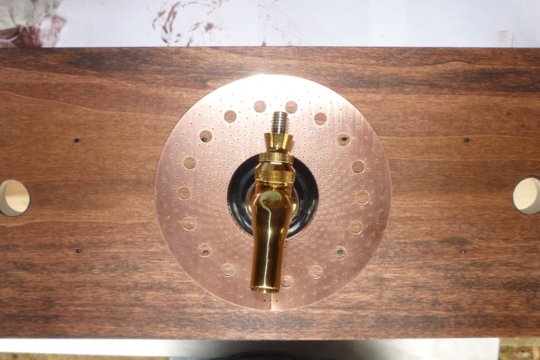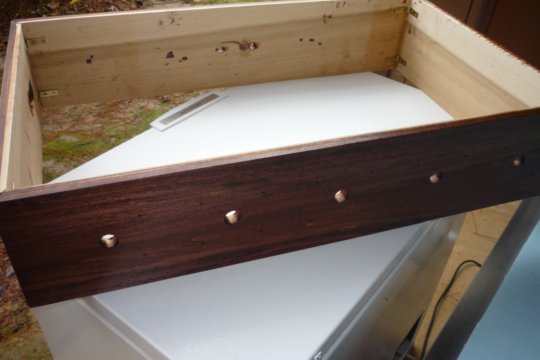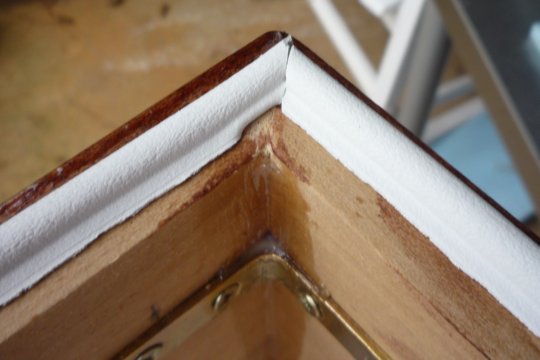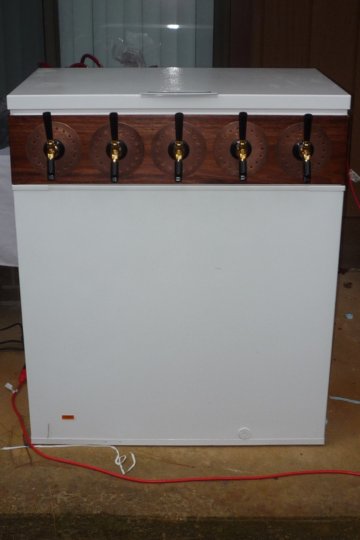Schrodinger
Member
Yet another Keezer Build, by yet another woodworking novice -- (That sounds wrong. What's less experienced than an novice? Neophyte? Yea let's go with that one.)
My wife is very supportive of my homebrewing hobby, but laid down one rule: Kegs, not Bottles. You see, she got roped in to helping a friend clean and sanitize bottles one evening and decided never again. So a kegerator is a critical component for my hobby.
It's been quite some time since I started sourcing components for this build, as I'm one who tends to take an inordinate time on any project and have difficulties finishing. Not this time! I've gotten re-started over the holiday break and have given myself a deadline, Jan 1, 2013.
Wish me luck!
My wife is very supportive of my homebrewing hobby, but laid down one rule: Kegs, not Bottles. You see, she got roped in to helping a friend clean and sanitize bottles one evening and decided never again. So a kegerator is a critical component for my hobby.
It's been quite some time since I started sourcing components for this build, as I'm one who tends to take an inordinate time on any project and have difficulties finishing. Not this time! I've gotten re-started over the holiday break and have given myself a deadline, Jan 1, 2013.
Wish me luck!


